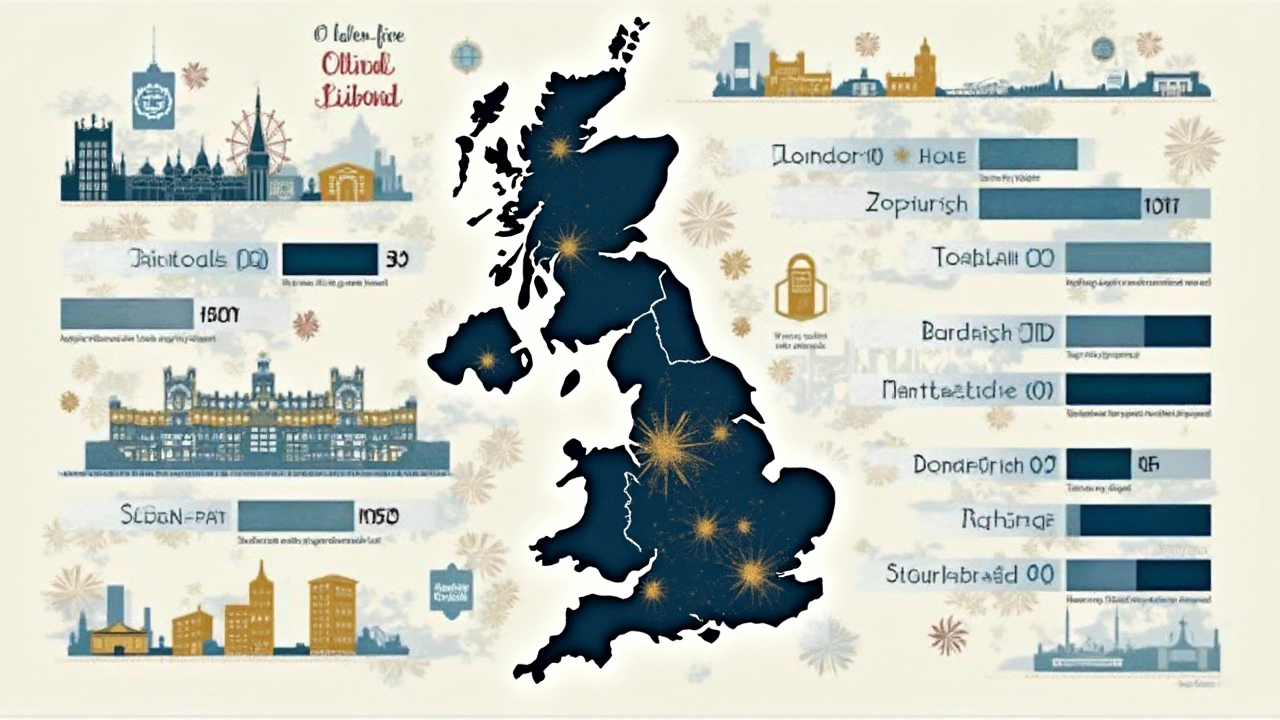Income Brackets Explained – What They Mean for Your Money
Ever wonder why a $2,000 monthly budget feels tight for some people while another person lives comfortably on the same amount? The answer often lies in income brackets – the ranges lenders, tax authorities, and financial planners use to group earnings. Knowing which bracket you fall into lets you make smarter choices about loans, savings, and everyday spending.
Why Income Brackets Matter
First off, brackets aren’t just tax jargon. Banks look at them when you apply for a personal loan or a mortgage. If you’re in a lower bracket, lenders may ask for a larger deposit or a higher interest rate because they see more risk. In a higher bracket, you’ll often qualify for better rates and larger credit lines. The same logic applies to government benefits and student loan repayment plans, which can be adjusted based on what you earn.
In practice, an income bracket can change the cost of a £5,000 loan by a few pounds a month, or it can decide whether you’re eligible for a zero‑interest student loan repayment option after 2024. That’s why it’s worth checking where you stand before signing any financial agreement.
Practical Tips for Different Earnings Levels
Living on a lower bracket (under £20k yearly): Focus on essential costs and avoid high‑interest debt. Articles like “Can You Live on $2,000 a Month?” show that budgeting tools such as zero‑based budgeting can stretch every pound. Keep an eye on credit score – even a small improvement can open doors to cheaper consolidation loans.
Middle bracket (£20k‑£50k): You have a bit more wiggle room, but big decisions still need careful math. Use the “How Much Will a $5,000 Loan Cost Each Month?” guide to compare repayment plans and aim for the lowest APR. If you’re thinking about a home equity loan, the “Monthly Payment Breakdown for a $60,000 Home Equity Loan” article breaks down what factors push the monthly number up or down.
Higher bracket (above £50k): You’re likely eligible for premium products like flexible mortgage rates or premium credit cards. Still, avoid the trap of overspending on lifestyle upgrades. The “Current 30 Year Mortgage Rates” piece reminds even high earners that locking in a lower rate now can save thousands over the loan term.
No matter your bracket, always check whether you qualify for tax‑efficient options. For example, pension contributions can lower taxable income, moving you into a more favorable tax slice. The “How Risky Is a Pension?” article explains that a well‑structured pension can act as both retirement savings and a tax shield.
Finally, remember that income isn’t static. A raise, a side gig, or a career change can shift you into a new bracket overnight. When that happens, revisit your loan terms, insurance coverage, and budgeting plan. Small tweaks – like increasing your emergency fund from three to six months – can make the transition smoother.
Bottom line: Understanding your income bracket is the first step toward smarter money moves. Use the resources on Treasury Leaders Hub to crunch the numbers, compare options, and stay ahead of any changes that could affect your financial health.

Ever wondered what actually counts as an upper class income these days? This article breaks down the numbers in simple terms, comparing different cities and explaining why that line is different everywhere. You’ll get hard facts, real-life examples, and tips on why the upper class label isn’t just about your paycheck. Plus, we cover how knowing this number can help you set smarter financial goals.
Read More